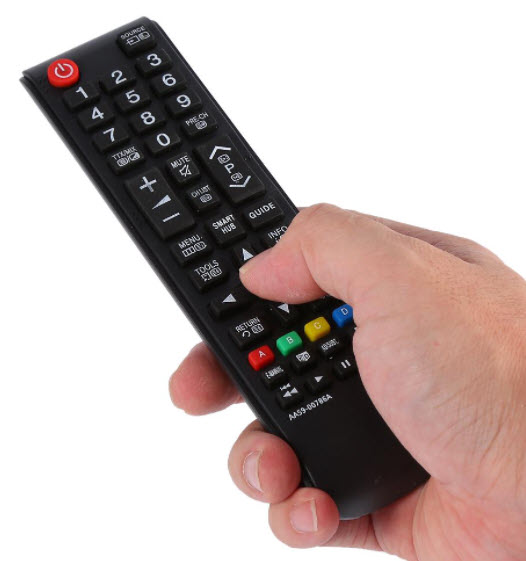Did you lose your remote control? During Covid-geddon 2020 a lot of companies had to shift employees to work from home to adhere to Covid requirements. I had to move 50 employees home to work in 1 week in March 2020. I was immediately asked:
Aren’t you concerned about productivity, quality, and morale?
My answer was simply “no.” We already measured all these metrics and I was confident they would remain high, or get even higher. How could that be? Because WFH (work from home) scenarios amplify what’s already in place. If you, the CX Team Leader, already measure and communicate the expectations of each person in how they produce (and at what quality level) each day and week, then working from home is just more of the same. It’s highly likely all the systems are cloud based SaaS, so log in securely and take the next call. Productivity gets a bump of about 2-5% because agents are no longer walking to meetings, talking so much to their cubicle neighbors, etc. We saw a 4% increase the month we moved the team home. Which brings me to the other metric that is super important: morale. Morale gets a little bump because agents are no longer commuting, can wear their PJs (there’s no camera on a voice call for CSRs), and other reasons. But these morale boosters can quickly be lost if CX Leaders don’t measure their team with quick (1-2 questions) polls and lots of informal “stand up” meetings (now the camera is on) to read body language, ask questions, and see how the agents are doing. Recognize top achievers in not only productivity and quality, but subjective actions like supportive conversations, cheering teammates on, or that amazing feedback an agent received on a CSAT survey.
A lot was learned about WFH during the crazy year that was 2020. If a CX Leader doesn’t already define, measure, and communicate what CX greatness looks like, WFH will only expose that deficiency. Remote or not, the Leader has to point to the picture they want to see, to make it appear.
